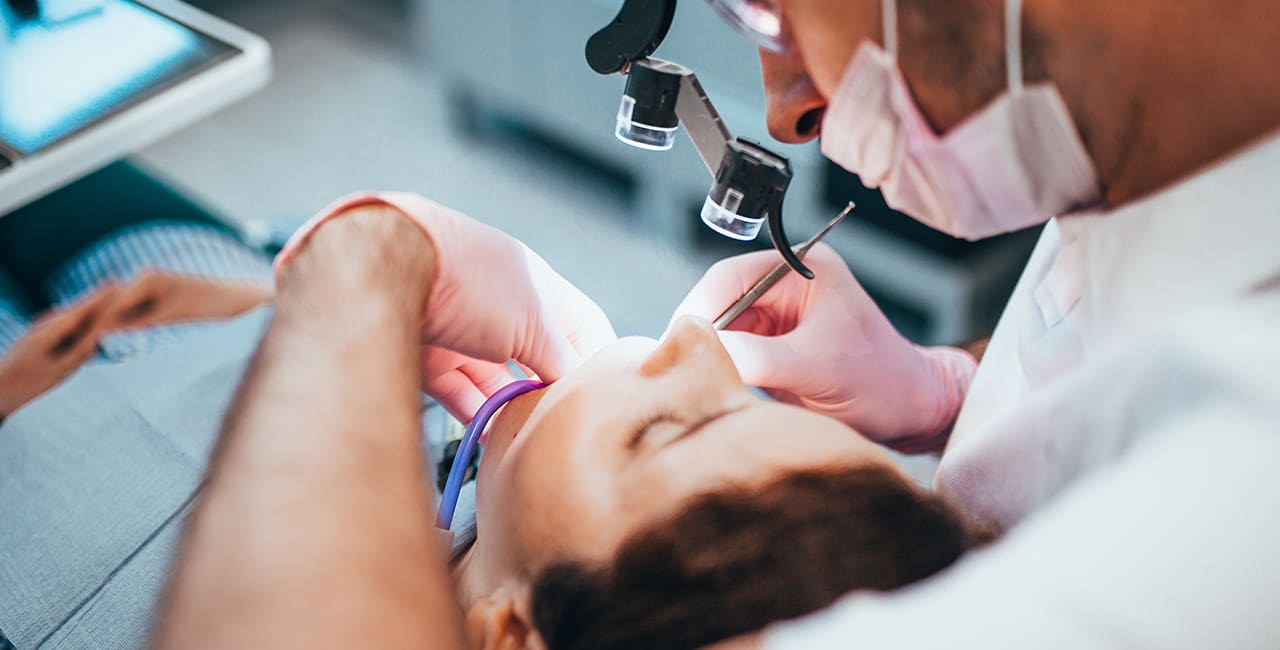The pulp chamber houses the nerve, blood vessels, and connective tissue of the tooth. When this area becomes infected or inflamed, a pulpotomy can help save the tooth and prevent further complications.
When are Baby Root Canals Needed?
A pulpotomy is typically needed when:
- Your child has large cavities that extend to the pulp.
- There is tooth pain or tooth sensitivity indicating damaged or infected pulp.
- A traumatic injury has compromised the tooth structure and affected the tooth pulp.
Benefits of Baby Root Canals
- Preservation of primary teeth: Pulling a tooth is always the last resort. A pulpotomy helps maintain the space for permanent teeth and supports proper alignment.
- Relief from tooth pain: Addresses the source of discomfort, alleviating tooth pain and tooth sensitivity.
- Prevention of further infection: Removes diseased pulp tissue, preventing the spread of infection to other teeth and tissues.
- Quick and effective: Baby root canals are a quick and effective way to treat tooth decay and injuries, saving them from more invasive procedures.
The Baby Root Canal Procedure
Our experienced pediatric dentists are very skilled at performing baby root canals. They will make sure your child is comfortable throughout the entire procedure.
- Numbing the area: The dentist will apply local anesthetic to numb the tooth in question. If your child requires sedation, we will talk about the options available at the initial consultation.
- Accessing the pulp chamber: A small opening is made in the crown portion of the tooth to access the pulp chamber.
- Removing infected pulp: The inflamed or infected pulp is removed, but the healthy pulp in the root canals is left intact.
- Applying special medication: A special medication is placed in the coronal pulp to prevent bacterial growth and promote healing.
- Sealing the tooth: The tooth is then sealed with non-resorbing material to protect the treated area.
- Placing the crown: Typically, a stainless steel crown* is placed over the treated tooth to restore its function and protect it from future damage.
*We offer 4 different types of dental crowns. We will discuss the benefits and cost of each one with you before the procedure.
Post-Procedure Care
After the procedure, your child may experience some mild discomfort or sensitivity for a few days. This can be managed with children’s over-the-counter pain medication. Always follow the recommended dosage on the package.
Good oral hygiene is really important after a pulpotomy. Make sure your child brushes twice a day and flosses at least once a day. If your child has a hard time brushing their own teeth, help them with the hard-to-reach areas and supervise their brushing to make sure they are doing a good job.
Good oral hygiene habits are the best way to prevent tooth decay! Set a good example and prioritize good oral hygiene. If your child sees you taking care of their teeth, they will want to do the same.
🔑Key Takeaway
A baby root canal, also known as pulpotomy, is a dental procedure used to treat infected nerves and blood vessels in teeth. It helps preserve primary teeth, relieves tooth pain and prevents further infection. A pulpotomy is needed if a tooth has extensive tooth decay or damage.
FAQs About Baby Root Canals
How long does a baby root canal take?
The entire procedure is quite quick. The pulpotomy itself takes about one minute. Prepping the tooth for a stainless steel crown and fitting and cementing the crown only takes a few minutes. On average, the whole procedure only takes about five minutes.
Why do a baby root canal on a baby tooth?
Many people think baby teeth aren’t important because they eventually fall out. This could not be further from the truth! Baby teeth play an important role in a child’s development, helping them chew, speak, and hold space for permanent teeth. A baby root canal preserves the baby tooth until it is ready to fall out naturally.
Is it necessary to put crowns on baby teeth?
After a pulpotomy, a dental crown is placed on the tooth to protect and restore it. Stainless steel crowns are a popular option for molars (back teeth) because they are inexpensive and very durable. Other options are available, such as zirconia or pre-veneered crowns. The type used will depend on the tooth being restored and the parents’ preference.

